What You Need To Know About Sodium Lauryl Sulfate-SLS – What Are SLSs and 10 Critical Reasons Why You Should Avoid Them
Sodium Lauryl Sulfate-SLS – What Are SLSs and 10 Critical Reasons Why You Should Avoid Them
Overview
Sodium Lauryl Sulfate-SLS is ubiquitous – In today’s beauty and personal care industry, consumers are becoming increasingly conscious of the ingredients that go into their products. One commonly discussed ingredient is Sodium Lauryl Sulfate-SLS. This surfactant, often found in various cosmetics and cleaning products, has garnered attention due to concerns about its potential impact on health and the environment. In this article, we will delve into what SLSs are, explore their various applications, and provide ten compelling reasons why consumers should consider avoiding products containing SLS.
What Are Sodium Lauryl Sulfates-SLSs?
Sodium Lauryl Sulfate-SLS is a synthetic detergent and surfactant that has been used for decades in personal care and household cleaning products. It is known for its excellent foaming and cleansing properties, making it a popular choice for shampoos, body washes, toothpaste, and dish detergents. Chemically, SLS is derived from petroleum and goes through a process of sulfation to create a water-soluble compound. Because it is a petroleum by products, many consider SLS to be toxic to humans.
Where Are Sodium Lauryl Sulfate-SLS Found?
Sodium Lauryl Sulfate-SLS is a widely used surfactant and detergent found in various personal care and household products. Here’s a list of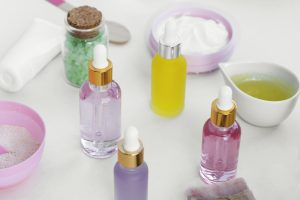
Shampoos: SLS is often used in shampoos for its foaming and cleansing properties.
Body Washes and Shower Gels: It’s a key ingredient in many body washes and shower gels to create lather and remove dirt and oils from the skin.
Toothpaste: Sodium Lauryl Sulfate-SLS is used in toothpaste to help distribute the paste evenly and create foaming action for a cleaner feeling.
Facial Cleansers: Some facial cleansers may contain SLS to help remove makeup and impurities.
Hand Soaps: Liquid hand soaps, especially these marketed as antibacterial, frequently contain SLS.
Dishwashing Detergents: Sodium Lauryl Sulfate-SLS is used in dishwashing detergents to break down grease and food residues.
Laundry Detergents: It’s used in laundry detergents to help remove stains and dirt from clothing.
Bubble Baths: SLS can be found in bubble bath products to create bubbles and foam.
Shaving Creams: Some shaving creams contain SLS to provide a smooth and foamy texture.
Cosmetics: Sodium Lauryl Sulfate-SLS can be found in various cosmetics, including foundations, mascara, and eyeshadows.
Body Lotions and Creams: While less common in moisturizers, some body lotions and creams may contain Sodium Lauryl Sulfate-SLS.
Cleaning Products: SLS can be present in various household cleaning products, including multipurpose cleaners and floor cleaners.
It’s important to note that SLS may not always be listed as “Sodium Lauryl Sulfate” on product labels. It can also appear as “Sodium Laureth Sulfate” (SLES) or “Ammonium Lauryl Sulfate” (ALS), which are related compounds with similar properties.
10 Critical Reasons to Avoid Sodium Lauryl Sulfate-SLS
Sodium Lauryl Sulfate-SLS has been a subject of scientific research and debate regarding its potential impact on human health diseases caused. While it’s important to note that many studies have found SLS to be safe for most people when used in cosmetics and personal care products at approved concentrations, there are still some concerns and areas of debate. Below are key aspects of SLS and its potential impact on human health:
Skin Irritation and Sensitivity:
Sodium Lauryl Sulfate-SLS has a strong detergent action that can strip the skin’s natural oils, leading to dryness, irritation, and sensitivity, especially for individuals with preexisting skin conditions such as eczema or psoriasis.
Eye Irritation:
Products containing SLS, like shampoos and body washes, can cause eye irritation, redness, and stinging if they come into contact with the eyes. This can be particularly uncomfortable for children. This eye irritation potential is a well-documented concern, especially in the context of shampoos and body washes.
Allergenic Potential:
Sodium Lauryl Sulfate-SLS has been linked to allergic reactions in some individuals. Symptoms may include itching, redness, and rash. It’s advisable for those with sensitive skin to opt for SLS-free alternatives. While not everyone experiences allergic reactions to SLS, those with sensitive skin or a history of skin allergies should be cautious.
Hair Damage:
Sodium Lauryl Sulfate-SLS can be harsh on hair, leading to dryness, frizz, and breakage. People with colored or chemically treated hair may notice their color fading more quickly when using SLS-containing products.
Environmental Concerns:
The production and disposal of SLS can have adverse environmental impacts, including water pollution and harm to aquatic life. Choosing SLS-free products can help reduce this ecological footprint. While not a direct health impact on individuals, it’s worth noting that SLS can contribute to environmental pollution. The manufacturing and disposal of products containing SLS can have adverse effects on water ecosystems and aquatic life.
Carcinogenic Concerns:
While the evidence is inconclusive, some studies have suggested a potential link between Sodium Lauryl Sulfate (SLS) and carcinogenicity. Although more research is needed, the uncertainty surrounding this ingredient is reason enough to be cautious. Regulatory agencies, such as the FDA, have not classified SLS as a carcinogen based on the available data.
SLS Residues:
Residues of SLS can linger on the skin and hair after washing, potentially causing prolonged exposure. This can be problematic, especially for those with sensitive skin.
Aggravation of Mouth Ulcers:
Toothpaste containing SLS has been reported to exacerbate mouth ulcers (canker sores) due to its potential to strip away the protective mucosal lining of the mouth.
Disruption of the Skin Barrier:
Sodium Lauryl Sulfate-SLS can disrupt the skin’s natural barrier function, allowing for easier penetration of other potentially harmful substances. This may compromise the skin’s ability to defend against environmental pollutants.
Availability of Safer Alternatives:
With growing consumer demand for natural and safer personal care products, many brands now offer SLS-free options that still provide effective cleaning and foaming properties.
Respiratory Irritation: In rare cases, exposure to SLS in aerosolized forms (e.g., in certain cleaning products) may cause respiratory irritation, particularly in individuals with preexisting respiratory conditions like asthma or chronic obstructive pulmonary disease (COPD).
Gastrointestinal Discomfort (Ingestion): Ingesting SLS-containing products, such as toothpaste, in small amounts can lead to gastrointestinal discomfort, including nausea. However, toothpaste is not meant to be ingested, and rinsing thoroughly after brushing is recommended.
It’s important to note that the severity of these disruptions can vary from person to person, and not everyone will experience adverse effects when using products containing SLS. Nonetheless, individuals with sensitive skin or a history of skin conditions should exercise caution when using such products or better yet, avoid products containing SLS like the plague.
Sodium Lauryl Sulfates-SLS and Their Impact on Human Health
Sodium Lauryl Sulfate-SLS can potentially disrupt several bodily systems, primarily through its irritating and detergent properties. Here are the bodily systems that can be affected by SLS:
Integumentary System (Skin): Sodium Lauryl Sulfate-SLS is known to strip the skin of its natural oils, leading to dryness, irritation, and increased skin sensitivity. Individuals with skin conditions such as eczema or psoriasis may experience exacerbated symptoms when exposed to SLS.
Ocular System (Eyes): Products containing SLS, if they come into contact with the eyes, can cause eye irritation, redness, and stinging.
Oral and Digestive System: Sodium Lauryl Sulfate-SLS is commonly found in toothpaste, and some studies have suggested a link between SLS-containing toothpaste and the exacerbation of mouth ulcers (canker sores) due to its potential to disrupt the mucosal lining of the mouth.
Integumentary System (Hair): Sodium Lauryl Sulfate-SLS can have a damaging effect on hair, causing dryness, frizz, and breakage. Individuals with colored or chemically treated hair may experience faster fading of hair color when using SLS-containing hair products.
Immune System (Skin Barrier): Sodium Lauryl Sulfate-SLS can disrupt the skin’s natural barrier function, potentially allowing for easier penetration of other potentially harmful substances and compromising the skin’s ability to defend against environmental pollutants.
Scalp and Hair Follicles: Sodium Lauryl Sulfate-SLS in shampoos and hair care products may lead to scalp dryness and, in some cases, worsen conditions like dandruff or seborrheic dermatitis due to its drying effect on the skin.
Respiratory System: Although SLS is not typically inhaled in significant quantities from personal care products, individuals with respiratory sensitivities or asthma may experience irritation or discomfort if they are particularly sensitive to the substance.
Gastrointestinal System (Ingestion): In rare cases, if a small amount of toothpaste containing SLS is ingested, it can cause stomach upset or nausea. However, toothpaste is not intended for ingestion, and it’s essential to rinse thoroughly after brushing.
Please consult with a healthcare professional or dermatologist if you have specific concerns about SLS or its potential impact on your health.
It’s important to emphasize that these additional impacts are relatively localized or minor compared to the more pronounced effects on the skin, eyes, mouth, and hair mentioned earlier. Furthermore, individual sensitivities and reactions can vary widely. If someone experiences persistent or severe discomfort related to the use of products containing SLS, they should consult a healthcare professional.
Health Risks Associated with Sodium Lauryl Sulfate-SLS
Sodium Lauryl Sulfate-SLS has been the subject of numerous studies and discussions regarding its potential health risks. While the evidence is not conclusive, several health concerns have been raised. Here are some of the key health risks associated with SLS:
Skin Irritation and Sensitivity: Sodium Lauryl Sulfate-SLS is known for its strong detergent properties, which can strip the skin of its natural oils. This can lead to dryness, irritation, and increased sensitivity, especially in individuals with preexisting skin conditions like eczema or psoriasis.
Eye Irritation: Products containing SLS, such as shampoos and body washes, can cause eye irritation, redness, and stinging if they come into contact with the eyes. This can be particularly uncomfortable for children.
Allergenic Potential: Sodium Lauryl Sulfate-SLS has been linked to allergic reactions in some individuals. Symptoms may include itching, redness, and rashes. People with sensitive skin or a history of skin allergies should be cautious when using products containing SLS.
Hair Damage: Sodium Lauryl Sulfate-SLS can be harsh on hair, leading to dryness, frizz, and breakage. This can be especially problematic for individuals with colored or chemically treated hair, as it may cause the color to fade more quickly.
Mouth Ulcers: Some toothpaste formulations containing SLS have been reported to exacerbate mouth ulcers (canker sores) due to their potential to strip away the protective mucosal lining of the mouth.
Disruption of the Skin Barrier: Sodium Lauryl Sulfate-SLS can disrupt the skin’s natural barrier function, allowing for easier penetration of other potentially harmful substances. This may compromise the skin’s ability to defend against environmental pollutants.
Carcinogenic Concerns: Although the evidence is inconclusive, some studies have suggested a potential link between Sodium Lauryl Sulfate-SLS and carcinogenicity. However, more research is needed to establish a definitive connection.
It’s important to note that individual reactions to SLS can vary, and not everyone will experience adverse effects. However, for those who are concerned about these potential health risks, choosing SLS-free products may be a viable alternative.
How Sodium Lauryl Sulfate-SLS Can Be Avoided in Your Daily Life
Avoiding Sodium Lauryl Sulfate-SLS in daily life is possible by being mindful of product labels and choosing SLS-free alternatives. Here are some steps you can take to avoid SLS in your daily life:
Read Product Labels: Carefully read the ingredient labels of personal care and cleaning products before purchasing them. Look for SLS and related compounds such as Sodium Laureth Sulfate (SLES) and Ammonium Lauryl Sulfate (ALS).
Choose SLS-Free Brands: Look for brands that explicitly advertise their products as SLS-free. Many companies now offer SLS-free alternatives for shampoos, body washes, toothpaste, and other personal care items. Brands such as Dr. Bronner’s Castile soap products and Dental Herb Company oral health products are great option. These are the products we use in our house (Please note that I don’t have any affiliation with these companies. I just thing thy have great products).
Explore Natural and Organic Products: Natural and organic personal care product lines often use SLS-free ingredients. These products may be labeled as organic or made with plant-based surfactants. The companies recommended above are great options.
DIY Homemade Products: Consider making your own personal care products, such as shampoos or toothpaste, using natural ingredients. There are numerous DIY recipes available that do not include Sodium Lauryl Sulfate-SLS.
Check Environmental Certifications: Some environmental certifications, like the Leaping Bunny or EcoCert, can indicate that a product is free from certain harsh chemicals, including SLS.
Consult with a Dermatologist or Allergist: If you have known sensitivities or allergies, consider consulting with a dermatologist or allergist for personalized product recommendations. They can help you identify safe products for your specific needs.
By taking these steps, you can reduce your exposure to Sodium Lauryl Sulfate-SLS in your daily life, especially in personal care and cleaning products. Keep in mind that Sodium Lauryl Sulfate-SLS is generally considered safe for most individuals when used at approved concentrations. However, avoiding it may be advisable for those with sensitivities or specific concerns.
How to Find Safer SLS-Free Natural Products
There are numerous Sodium Lauryl Sulfate -SLS-free alternatives and safer natural products available for various personal care and cleaning needs. Here are some examples, along with references to reputable sources for further exploration:
SLS-Free Personal Care Products:
Shampoo: Look for SLS-free shampoos that use milder surfactants like Sodium Lauroyl Methyl Isethionate (SLMI), Sodium Cocoyl Isethionate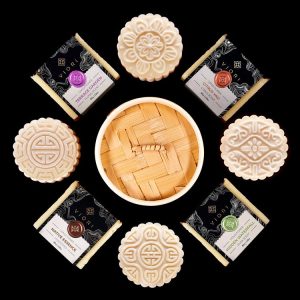
Body Wash and Soap: Opt for SLS-free body washes and soaps that use natural ingredients like aloe vera, glycerin, or plant-based cleansers. For Body Wash and Soaps, I use Dr. Bronner’s Castile Soap.
Toothpaste: Many natural and organic toothpaste brands offer SLS-free options with fluoride or fluoride-free alternatives. Look for products with the ADA Seal of Acceptance for added assurance of effectiveness. For toothpastes, I use Dental Herb Company products.
Facial Cleansers: Choose facial cleansers that are SLS-free and formulated with gentle, plant-derived ingredients suitable for your skin type.
SLS-Free Cleaning Products:
For SLS-free household cleaning products, I use Truly Free Household Cleaning Products
Dishwashing Detergents: Opt for SLS-free dishwashing detergents that use plant-based or natural surfactants to effectively clean dishes without harsh chemicals.
Laundry Detergents: Look for SLS-free laundry detergents formulated with plant-based cleansers to clean clothes effectively while being gentler on the skin and the environment.
All-Purpose Cleaners: Choose all-purpose cleaners that are SLS-free and biodegradable. Many eco-friendly brands offer effective alternatives with plant-based ingredients.
Additional References for Safer Natural Products:
EWG Skin Deep® Database: The Environmental Working Group’s Skin Deep® Database provides information on the safety and ingredients of personal care products, including SLS-free options. Website: https://www.ewg.org/skindeep/
EWG Guide to Healthy Cleaning: The EWG’s Guide to Healthy Cleaning offers insights into household cleaning product safety and provides a searchable database of cleaner ratings. Website: https://www.ewg.org/guides/cleaners
By exploring these resources and choosing SLS-free and natural products, you can make more informed decisions about personal care and cleaning products that align with your preferences for safer and gentler alternatives.
After Thoughts
In summary, Sodium Lauryl Sulfate-SLS has been a staple ingredient in personal care and cleaning products for many years, primarily due to its foaming and cleansing abilities. However, mounting concerns about its potential health risks and environmental impact have led consumers to seek alternatives. It’s essential to scrutinize product labels and choose SLS-free options when possible, especially if you have sensitive skin or environmental concerns. With a growing market for safer and more eco-friendly alternatives, making the switch to SLS-free products has never been easier or more important for your well-being.
Sodium Lauryl Sulfate-SLS is a commonly used surfactant found in many personal care and cleaning products. There are legitimate concerns about the impact of SLS on health of consumers. These concerns include skin and eye irritation, allergies, and, in some cases, the possibility of carcinogenicity. Sodium Lauryl Sulfate-SLS may also have additional localized effects on the scalp, respiratory system (in sensitive individuals), and gastrointestinal system (if ingested).
To avoid Sodium Lauryl Sulfate-SLS in daily life, individuals can take several steps, including reading product labels, choosing SLS-free brands, exploring natural and organic products, making homemade alternatives, and consulting with healthcare professionals if they have specific sensitivities or concerns.
Safer and SLS-free alternatives exist for a wide range of personal care and cleaning products. These alternatives often use milder surfactants, plant-based ingredients, and natural cleansers to provide effective and gentler options for consumers. Resources such as the Environmental Working Group’s Skin Deep® Database and Guide to Healthy Cleaning, as well as reputable websites and organizations, can help individuals find and select safer, SLS-free products that align with their preferences for health and environmental responsibility.
Ultimately, the choice to use SLS-free products depends on individual sensitivities, preferences, and values. By being informed and making conscious choices, individuals can tailor their personal care and cleaning routines to meet their specific needs while reducing potential risks associated with SLS.
Take action today by checking the labels of the products you use daily and choosing SLS-free alternatives. Your health and well-being are worth it! Try this SLS and toxin free Laundry Detergent from Truly Free Household Products
For natural and healing remedies, products, and supplements to help you live your most optimal healthy life, visit our store here!
Remember: Own Your Health!
If you enjoyed the information presented in this article, Please Share It. Help us reach more people and keep this website going! Thank you!
Disclaimer: The information provided in this article is for informational purposes only and should not be considered as medical advice. Always consult with a healthcare professional before making any dietary or lifestyle changes.
References
Farage, M. A., & Maibach, H. I. (2010). The vulvar epithelium differs from the skin: implications for cutaneous testing to address topical vulvar exposures. Contact Dermatitis, 62(3), 149-156.
National Center for Biotechnology Information. PubChem Compound Summary for CID 3423265, Sodium lauryl sulfate. Retrieved from https://pubchem.ncbi.nlm.nih.gov/compound/Sodium-lauryl-sulfate
Lee, E. H., et al. (2016). The adverse effects of sodium lauryl sulfate (SLS) surfactant on human corneal epithelial cells. Cutaneous and Ocular Toxicology, 35(3), 201-206.
Lin, Y. J., et al. (2016). Skin care and rejuvenation by cosmeceutical facial mask. Journal of Biomedical Science, 23(1), 14.
Zhang, L. J., & Elias, P. M. (2013). Skin health diversity: differentially regulated epidermal repair responses to bacteria pathogenicity. The Journal of Investigative Dermatology, 133(3), 575-578.
Personal Care Council. (2009). Sulfate-Free Cleansing: What Is It and What Does It Mean for the Consumer? Retrieved from https://www.personalcarecouncil.org/wp-content/uploads/2017/08/2009_SulfateFreeCleansing.pdf
International Journal of Toxicology. (2010). Final Report on the Safety Assessment of Sodium Lauryl Sulfate and Ammonium Lauryl Sulfate. Retrieved from https://journals.sagepub.com/doi/abs/10.1177/1091581810373195
Cosmetic Ingredient Review. (1983). Ammonium Lauryl Sulfate and Sodium Lauryl Sulfate as Used in Cosmetics. Retrieved from https://www.cir-safety.org/sites/default/files/sodiumlaurte0709rep.pd
Farage, M. A., & Maibach, H. I. (2010). The vulvar epithelium differs from the skin: implications for cutaneous testing to address topical vulvar exposures. Contact Dermatitis, 62(3), 149-156.
Lee, E. H., et al. (2016). The adverse effects of sodium lauryl sulfate (SLS) surfactant on human corneal epithelial cells. Cutaneous and Ocular Toxicology, 35(3), 201-206.
National Center for Biotechnology Information. PubChem Compound Summary for CID 3423265, Sodium lauryl sulfate. Retrieved from https://pubchem.ncbi.nlm.nih.gov/compound/Sodium-lauryl-sulfate
Lin, Y. J., et al. (2016). Skin care and rejuvenation by cosmeceutical facial mask. Journal of Biomedical Science, 23(1), 14.
Herlofson, B. B., & Barkvoll, P. (1996). Sodium lauryl sulfate and recurrent aphthous ulcers: a preliminary study. Acta Odontologica Scandinavica, 54(3), 150-153.
Zhang, L. J., & Elias, P. M. (2013). Skin health diversity: differentially regulated epidermal repair responses to bacteria pathogenicity. The Journal of Investigative Dermatology, 133(3), 575-578.
Cosmetic Ingredient Review. (1983). Ammonium Lauryl Sulfate and Sodium Lauryl Sulfate as Used in Cosmetics. Retrieved from https://www.cir-safety.org/sites/default/files/sodiumlaurte0709rep.pdf
Farage, M. A., & Maibach, H. I. (2010). The vulvar epithelium differs from the skin: implications for cutaneous testing to address topical vulvar exposures. Contact Dermatitis, 62(3), 149-156.
Lee, E. H., et al. (2016). The adverse effects of sodium lauryl sulfate (SLS) surfactant on human corneal epithelial cells. Cutaneous and Ocular Toxicology, 35(3), 201-206.
Herlofson, B. B., & Barkvoll, P. (1996). Sodium lauryl sulfate and recurrent aphthous ulcers: a preliminary study. Acta Odontologica Scandinavica, 54(3), 150-153.
Lin, Y. J., et al. (2016). Skin care and rejuvenation by cosmeceutical facial mask. Journal of Biomedical Science, 23(1), 14.
Zhang, L. J., & Elias, P. M. (2013). Skin health diversity: differentially regulated epidermal repair responses to bacteria pathogenicity. The Journal of Investigative Dermatology, 133(3), 575-578.
American Lung Association. (n.d.). Asthma and Cleaning Products. Retrieved from https://www.lung.org/clean-air/at-home/indoor-air-pollutants/cleaning-supplies-household-chem
American Dental Association. (n.d.). Toothpaste. Retrieved from https://www.ada.org/en/member-center/oral-health-topics/toothpaste
U.S. Food and Drug Administration. (n.d.). Cosmetics Labeling Guide. Retrieved from https://www.fda.gov/regulatory-information/search-fda-guidance-documents/cosmetics-labeling-guide
Environmental Working Group (EWG). (n.d.). EWG’s Skin Deep® Database. Retrieved from https://www.ewg.org/skindeep/
Organic Consumers Association. (n.d.). Top 10 Reasons to Go Organic. Retrieved from https://www.organicconsumers.org/news/top-10-reasons-go-organic
Cosmetics Info. (n.d.). Homemade Cosmetics. Retrieved from https://cosmeticsinfo.org/products/homemade-cosmetics
American Academy of Allergy, Asthma & Immunology. (n.d.). Find an Allergist/Immunologist. Retrieved from https://www.aaaai.org/conditions-and-treatments/conditions-dictionary/allergist-immunologist
EWG Skin Deep® Database. (n.d.). Search for SLS-Free Body Wash. Retrieved from https://www.ewg.org/skindeep/search/?utf8=%E2%9C%93&search_type=products&search=SLS-free+body+wash
EWG Skin Deep® Database. (n.d.). Search for SLS-Free Facial Cleansers. Retrieved from https://www.ewg.org/skindeep/search/?utf8=%E2%9C%93&search_type=products&search=SLS-free+facial+cleanser
EWG Guide to Healthy Cleaning. (n.d.). Dishwashing Detergent. Retrieved from https://www.ewg.org/guides/cleaners/2-Dishwashing
EWG Guide to Healthy Cleaning. (n.d.). Laundry Detergent. Retrieved from https://www.ewg.org/guides/cleaners/7-LaundryDetergent
EWG Guide to Healthy Cleaning. (n.d.). All-Purpose Cleaner. Retrieved from https://www.ewg.org/guides/cleaners/1-AllPurposeCleaners

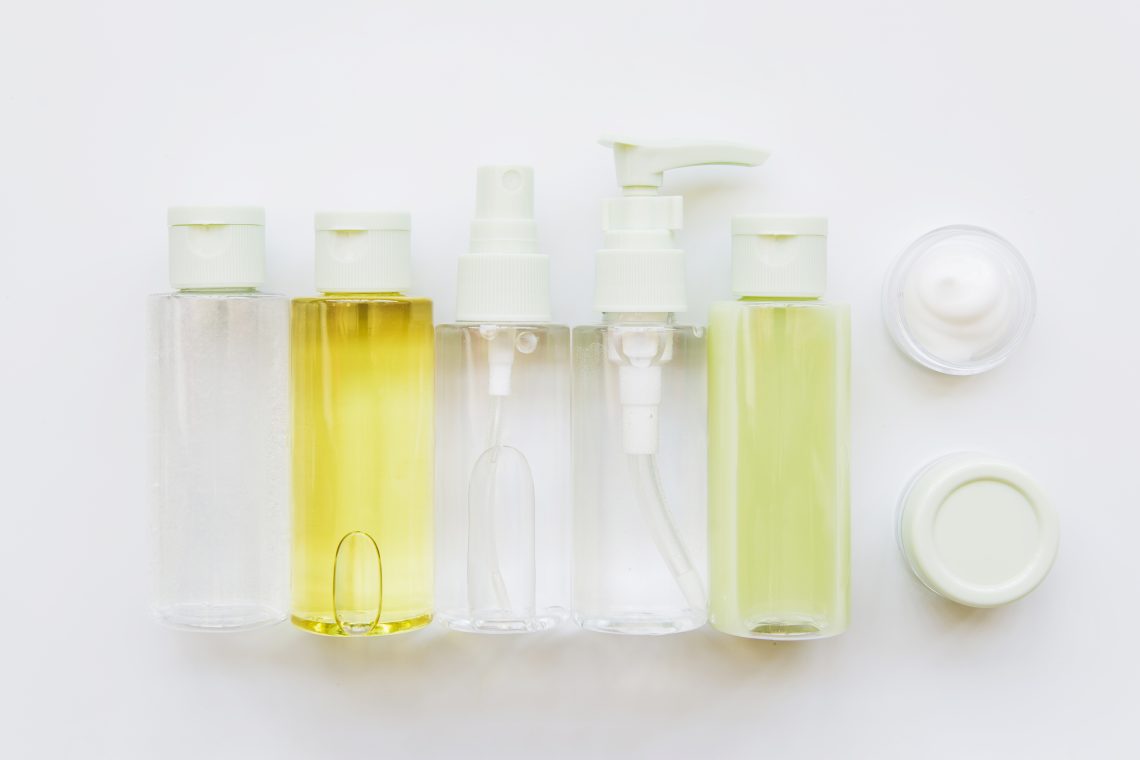
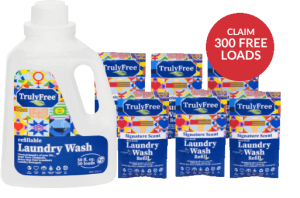
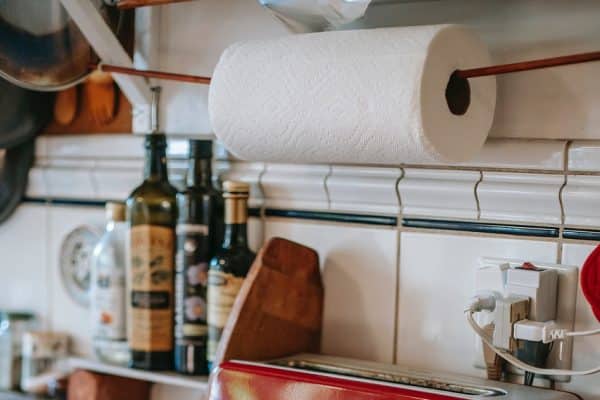
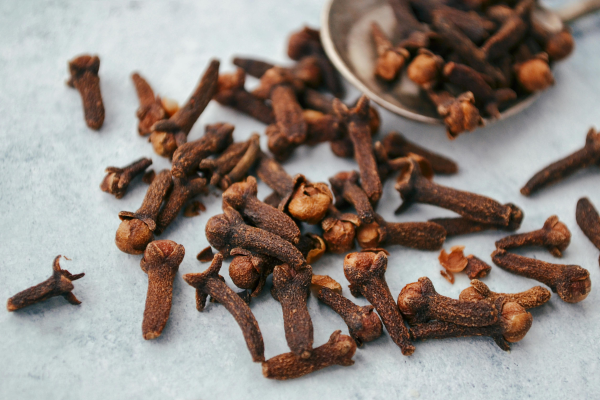

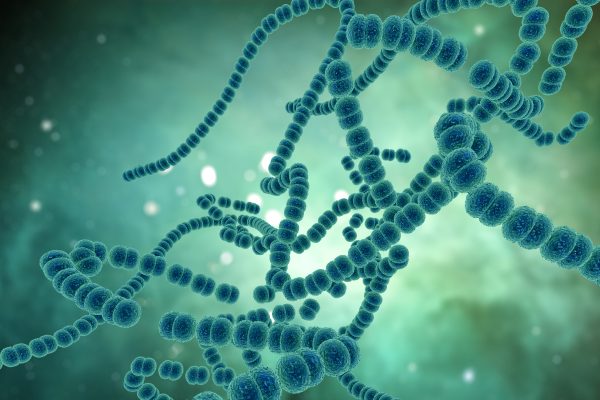
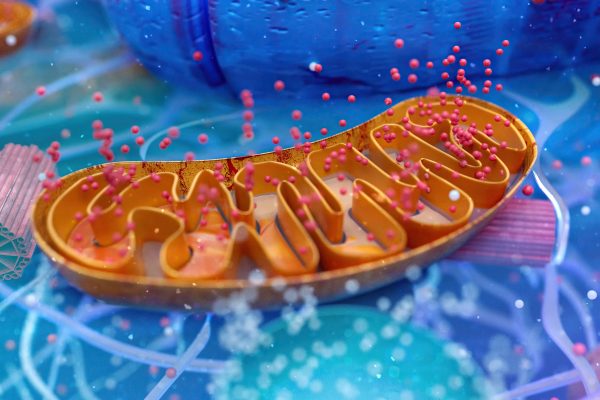


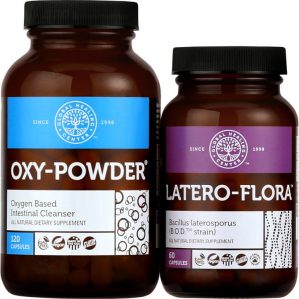
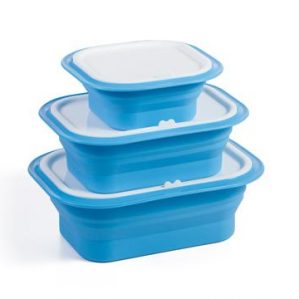
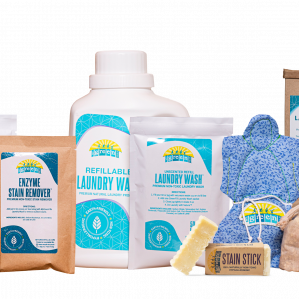
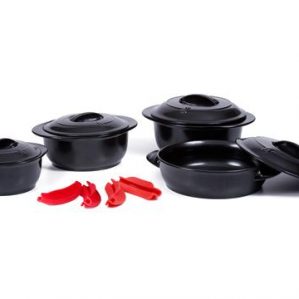
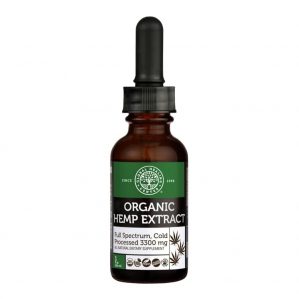











3 Comments
[…] interested in avoiding synthetic aroma chemicals may choose fragrance-free or unscented products and explore natural alternatives such as essential […]
[…] are a group of synthetic chemicals commonly used as preservatives in a vast array of personal care and cosmetic products. Their […]
[…] agencies in some countries, such as the United States, have taken action to limit the use of this chemical in certain consumer […]